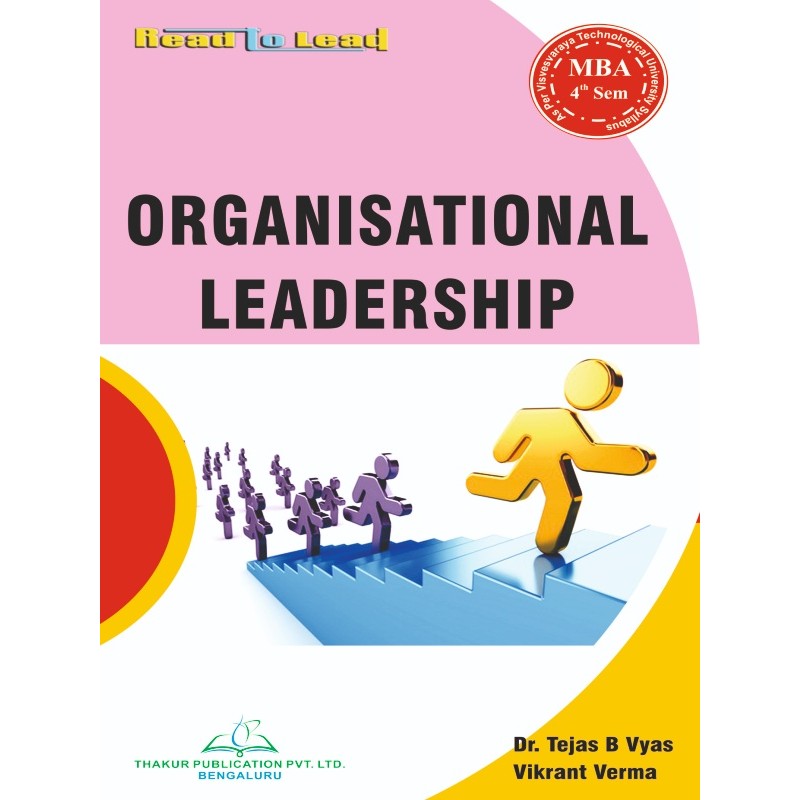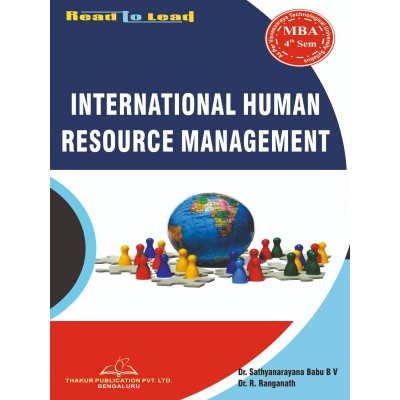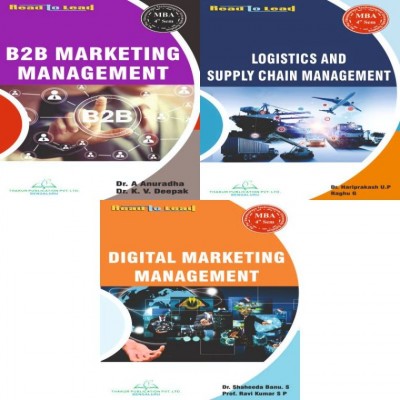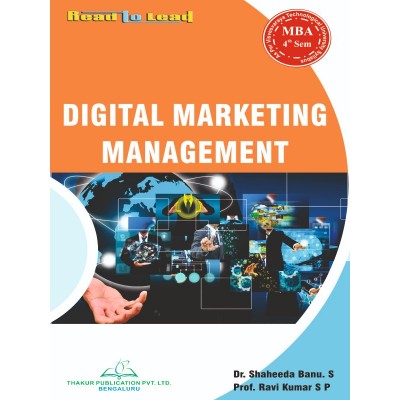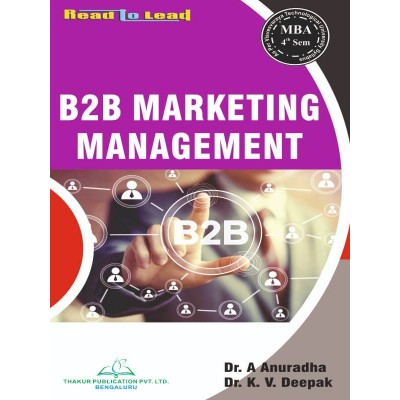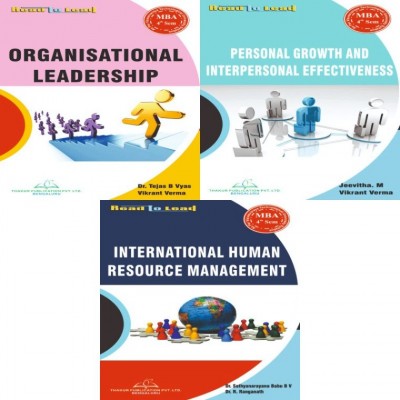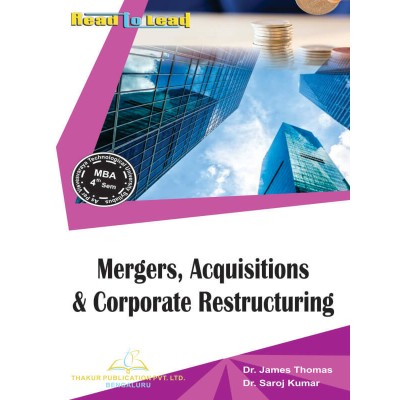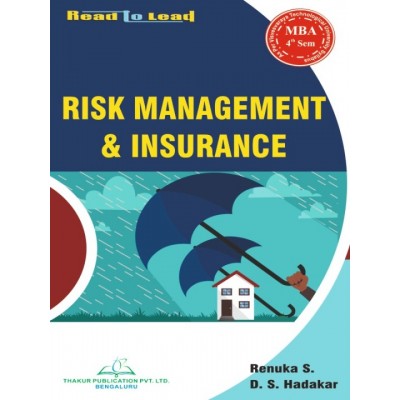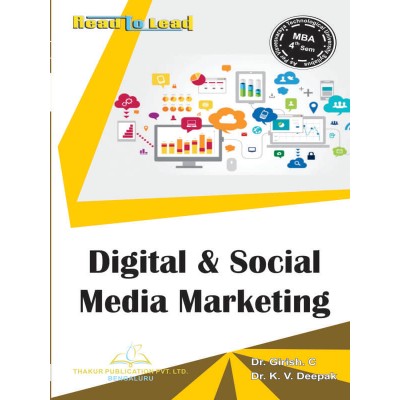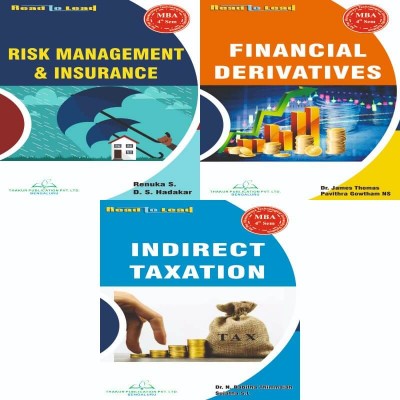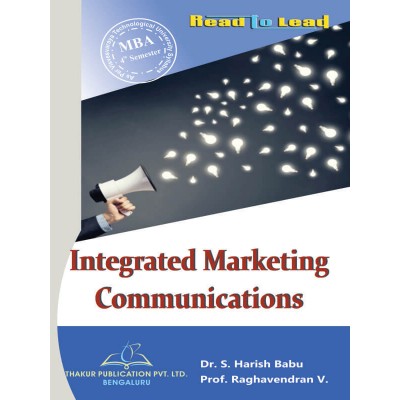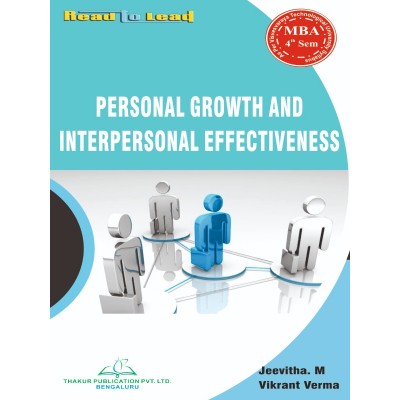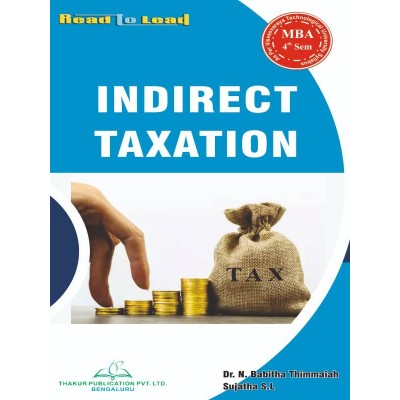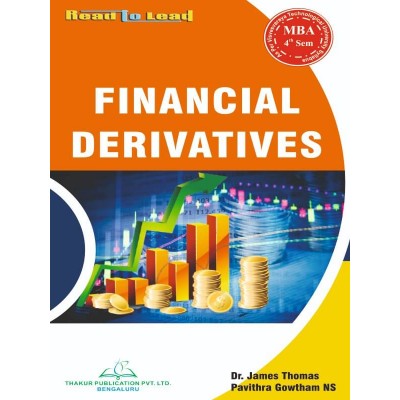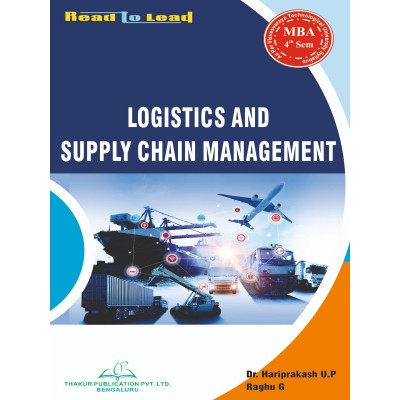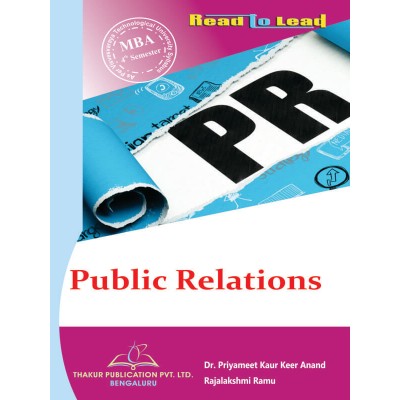Organisational Leadership
Tax excluded
Syllabus
20MBAHR401
Organisational Leadership
|
Module 1: Introduction 5 hours |
|
Concept of Leadership, Ways of Conceptualizing Leadership, Definition and Components, Leadership Described, Trait Versus Process Leadership, Assigned Versus Emergent Leadership. Leadership and Power, Leadership and Coercion, Leadership and Management. |
|
Module 2: Model of Leadership - Part A 7 hours |
|
Trait Approach Description, Intelligence, Self-Confidence, Determination, Integrity, Sociability, Five-Factor Personality Model and Leadership, Emotional Intelligence, How Does the Trait Approach Work? Strengths, Criticisms, Application, Case Studies, Leadership Instrument Skills Approach Description, Three-Skill Approach, Technical Skill, Human Skill, Conceptual Skill, Summary of the Three-Skill Approach, Skills Model, Competencies, Individual Attributes, Leadership, Outcomes, Career Experiences, Environmental Influences, Summary of the Skills Model, How Does the Skills Approach Work? Strengths, Criticisms, Application, Case Studies, Leadership Instrument Behavioral Approach Description, The Ohio State Studies, The University of Michigan Studies, Blake and Mouton’s Managerial (Leadership) Grid, Authority–Compliance (9,1), Country-Club Management (1,9) Impoverished Management (1,1), Middle-of-the-Road Management (5,5), Team Management (9,9), Paternalism/Maternalism, Opportunism, How Does the Behavioral Approach Work? Strengths, Criticisms, Application, Case Studies, Leadership Instrument Situational Approach Description, Leadership Styles, Development Levels, How Does the Situational Approach Work? Strengths, Criticisms, Application, Case Studies, Leadership Instrument |
|
Module 3: Model of Leadership - Part B 7 hours |
|
Path–Goal Theory Description, Leader Behaviors, Directive Leadership, Supportive Leadership, Participative Leadership, Achievement-Oriented Leadership, Follower Characteristics, Task Characteristics How Does Path–Goal Theory Work? Strengths, Criticisms, Application, Case Studies, Leadership Instrument Leader–Member Exchange Theory Description, Early Studies, Later Studies, Leadership Making, How Does LMX Theory Work? Strengths, Criticisms, Application, Case Studies, Transformational Leadership Description, Transformational Leadership Defined, Transformational Leadership and Charisma, A Model of Transformational Leadership, Transformational Leadership Factors, Transactional Leadership Factors, Non-leadership Factor, Other Transformational Perspectives Bennis and Nanus, Kouzes and Posner, How Does the Transformational Approach Work? Strengths, Criticisms, Application, Case Studies, Leadership Instrument Authentic Leadership |
|
Description, Authentic Leadership Defined, Approaches to Authentic Leadership, Practical Approach, Theoretical Approach, How Does Authentic Leadership Theory Work? Strengths, Criticisms, Application, Case Studies, Leadership Instrument Psychodynamic Approach Description, The Clinical Paradigm, History of the Psychodynamic Approach, Key Concepts and Dynamics Within the Psychodynamic Approach, 1) Focus on the Inner Theatre 2) Focus on the Leader-Follower Relationships Social Defense Mechanisms, Mirroring and Idealizing, Identification With the Aggressor 3) Focus on the Shadow Side of Leadership Narcissism How Does the Psychodynamic Approach Work? Strengths, Criticisms, Application, Case Studies, Leadership Instrument |
|
Module 4: Leadership Instrument 7 hours |
|
Description, Culture Defined, Related Concepts, Ethnocentrism, Prejudice, Dimensions of Culture, Uncertainty Avoidance, Power Distance, Institutional Collectivism, In-Group, Collectivism, Gender Egalitarianism, Assertiveness, Future Orientation, Performance Orientation, Humane Orientation, Clusters of World Cultures, Characteristics of Clusters, Anglo, Confucian Asia, Eastern Europe, Germanic Europe, Latin America, Latin Europe, Middle East, Nordic Europe, Southern Asia, Sub-Saharan Africa, Leadership Behavior and Culture, Clusters, Eastern Europe Leadership Profile, Latin America Leadership Profile, Latin Europe Leadership Profile, Confucian Asia Leadership Profile, Nordic Europe Leadership Profile, Anglo Leadership Profile, Sub-Saharan Africa Leadership Profile, Southern Asia Leadership Profile, Germanic Europe Leadership Profile, Middle East Leadership Profile, Universally Desirable and Undesirable Leadership Attributes, Strengths, Criticisms, Application, Case Studies on Leadership Instrument |
|
Module 5: Ethical Leadership 7 hours |
|
Description, Ethics Defined; Level 1. Preconventional Morality; Level 2. Conventional Morality; Level 3. Postconventional Morality; Ethical Theories, Centrality of Ethics to Leadership, Heifetz’s Perspective on Ethical Leadership; Burns’s Perspective on Ethical Leadership, The Dark Side of Leadership, Principles of Ethical Leadership, Ethical Leaders Respect Others, Ethical Leaders Serve Others, Ethical Leaders Are Just, Ethical Leaders Are Honest, Ethical Leaders Build CommModuley, Strengths, Criticisms, Application, Case Studies, |
|
Module 6: Leadership Practices 7 hours |
|
Select Case of Successful Leadership Practices; TATA Group; Reliance; Infosys; WIPRO; and Organisations which are listed as Fortune Companies. Survey Report analysis of NHRD; NIPM; CII; FICCI; Conference Board; CCL - Centre of Creative Leadership. |
